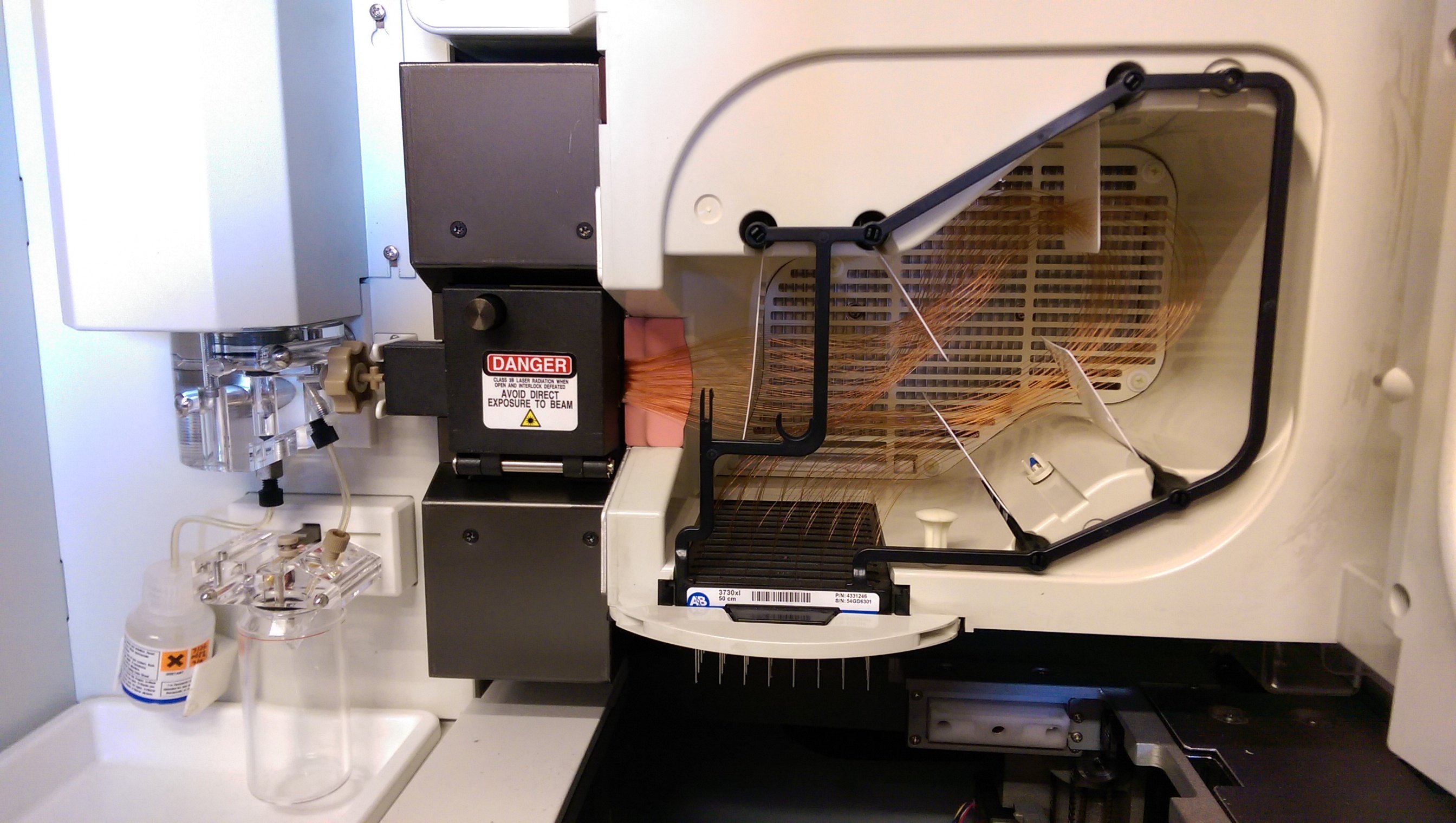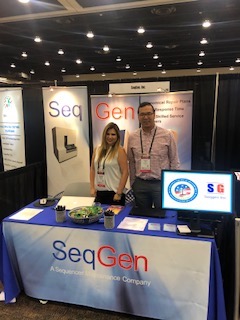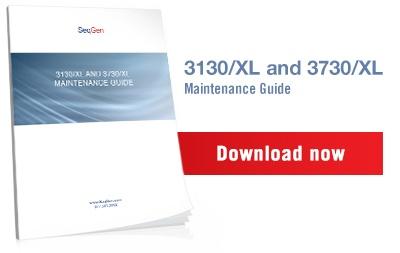Dear valued customer,
At SeqGen, we constantly look for new ways to improve our customer value and satisfaction. Unfortunately, the rumor has become a reality; Thermo Fisher has announced they will no longer sell consumables, such as the capillary array for your DNA Analyzer, ABI 3130/xl. However, we are reaching out to our loyal customers to let them know SeqGen can help; either from the service standpoint or upgrading your instrument. We are pleased to share that SeqGen has plenty of ABI 3500 and ABI 3500xl on sale.

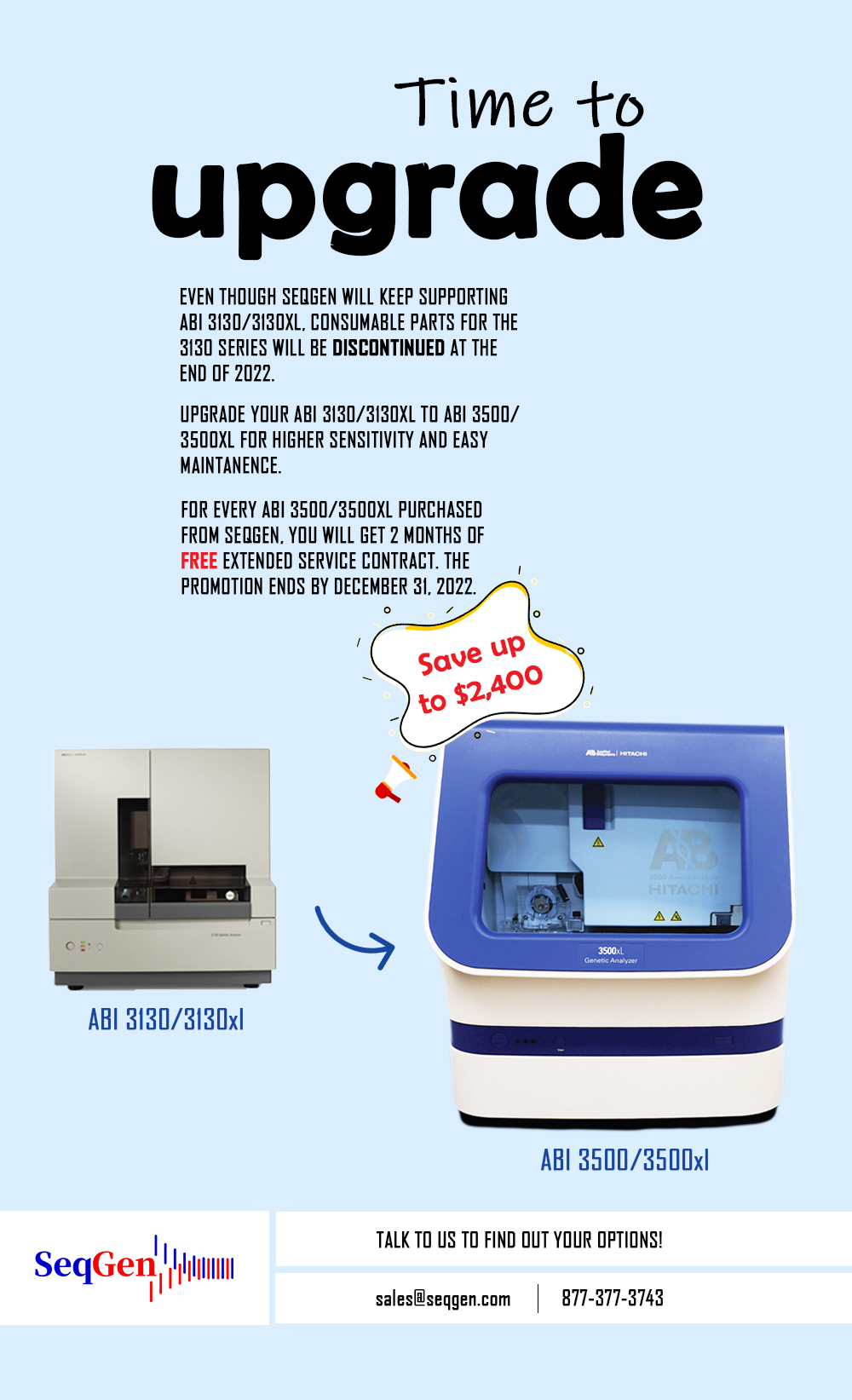
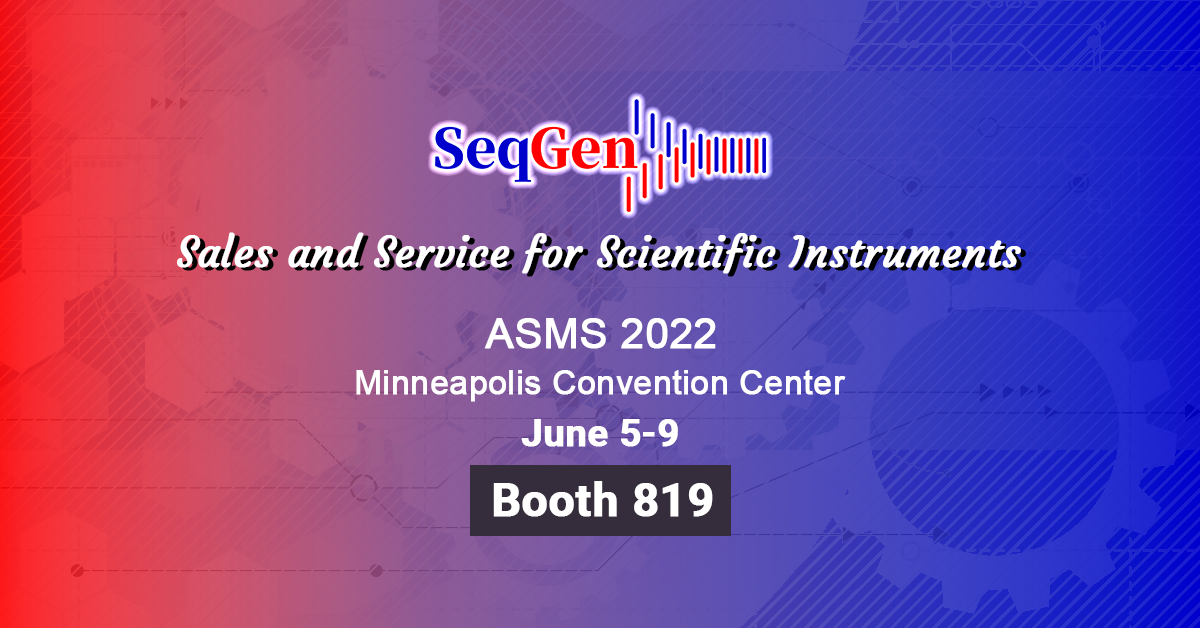
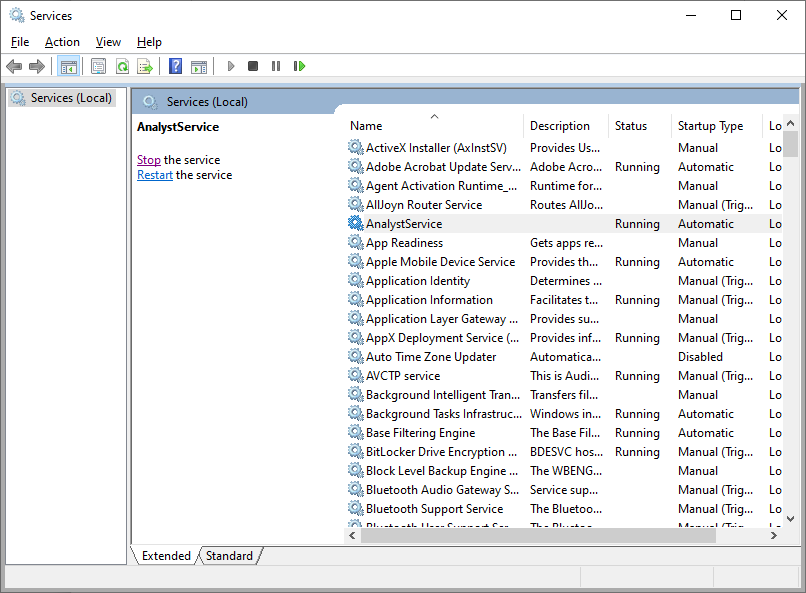
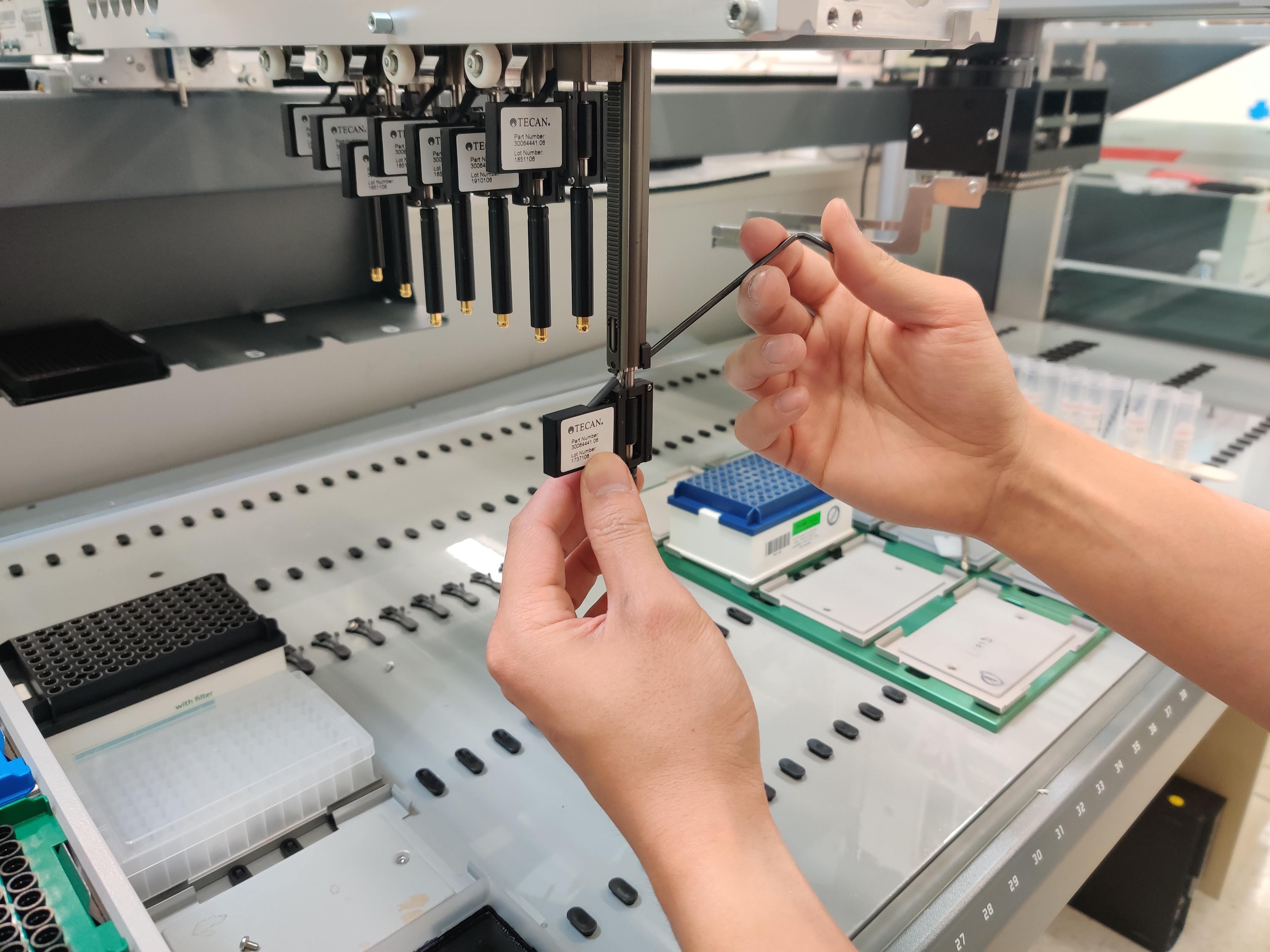
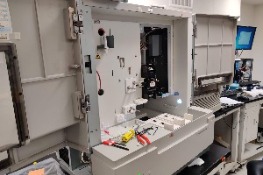

.jpg)
